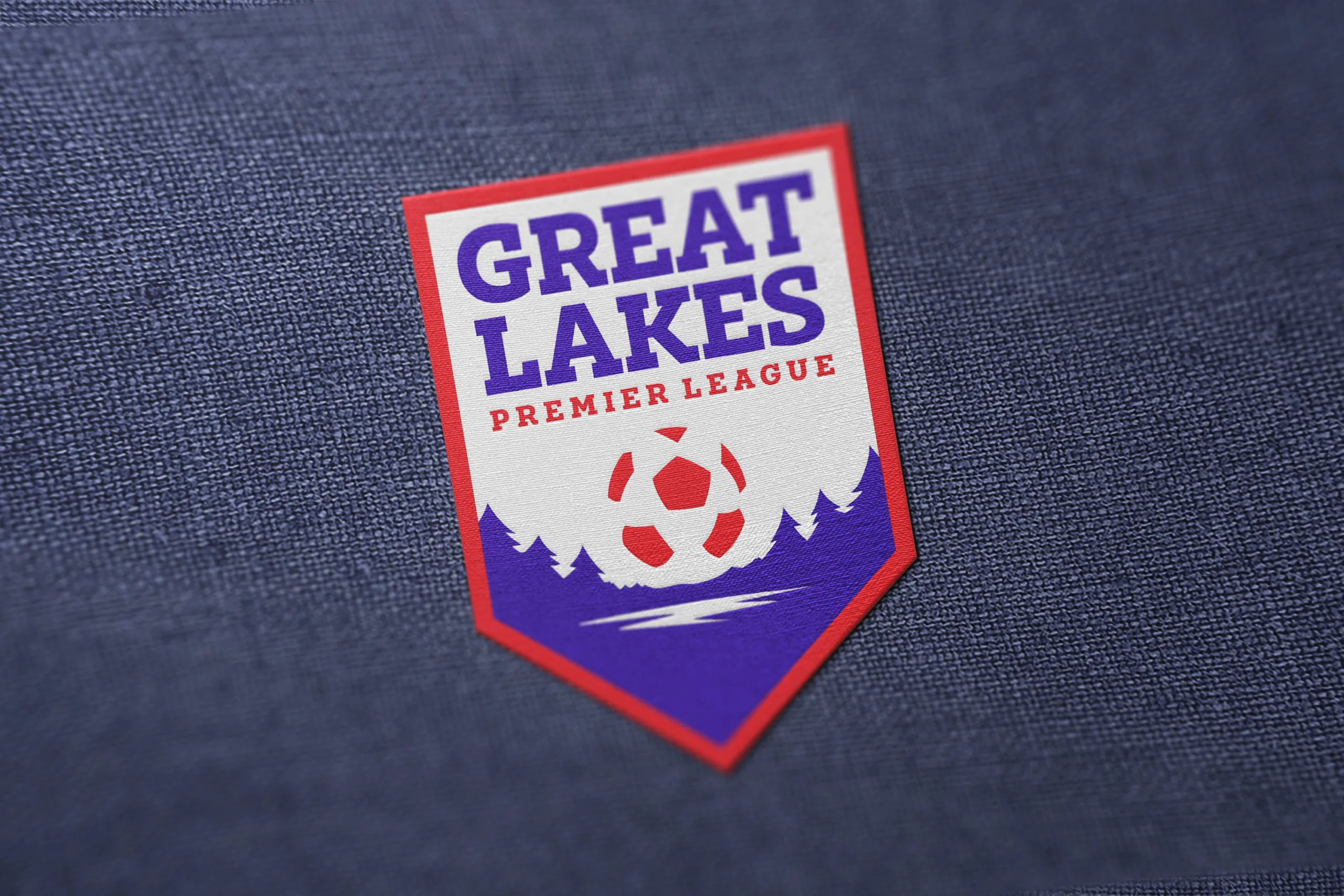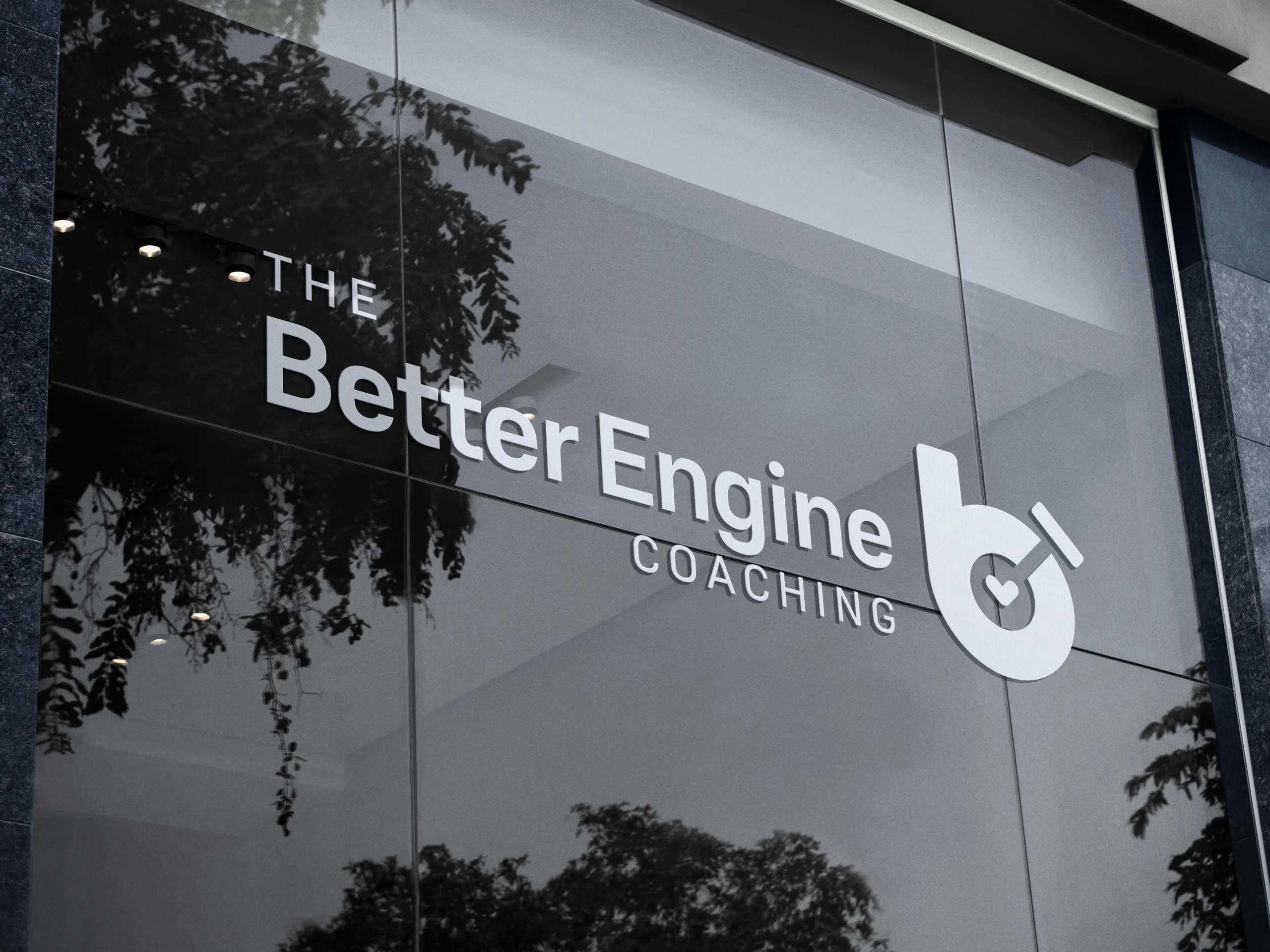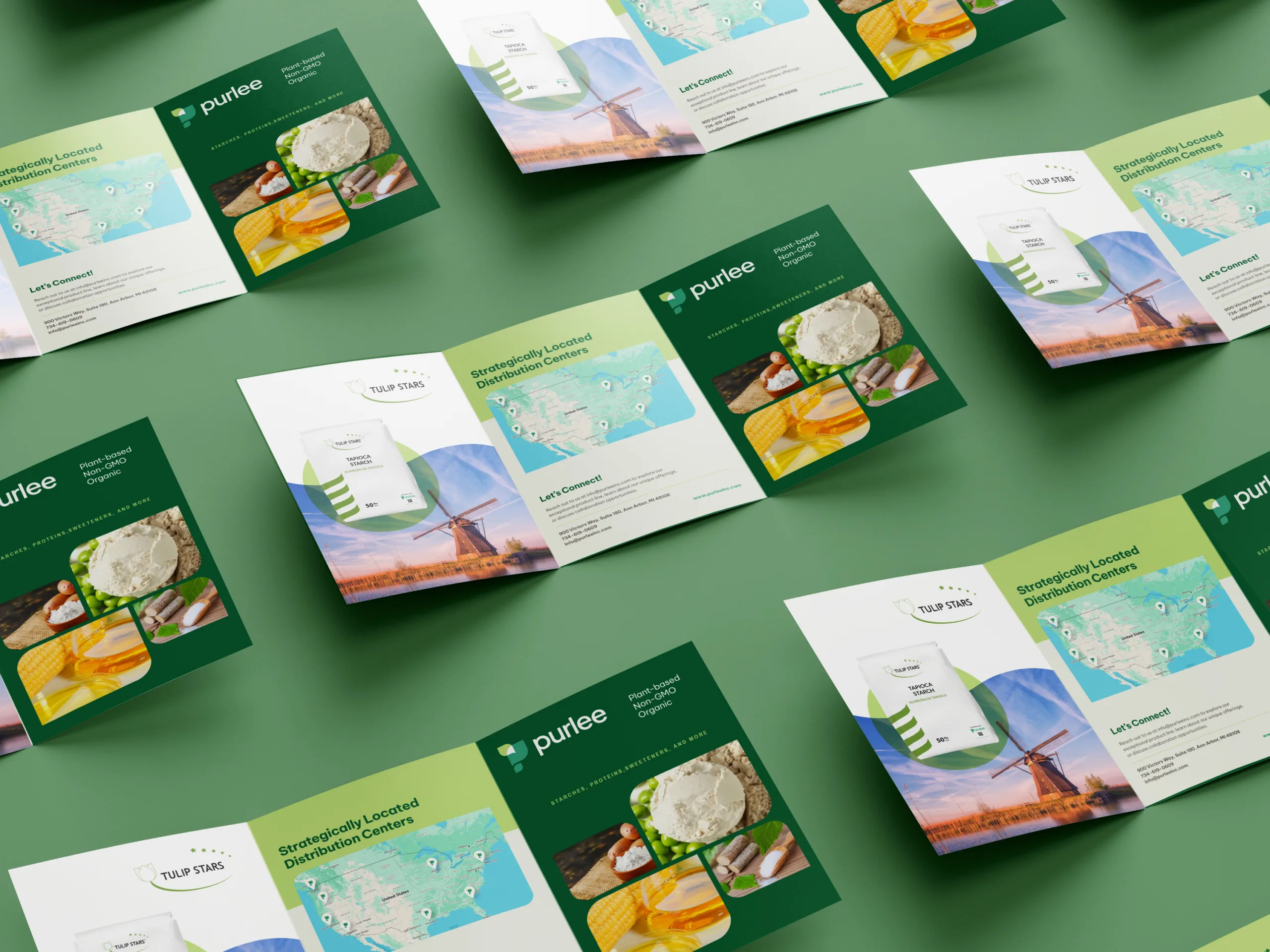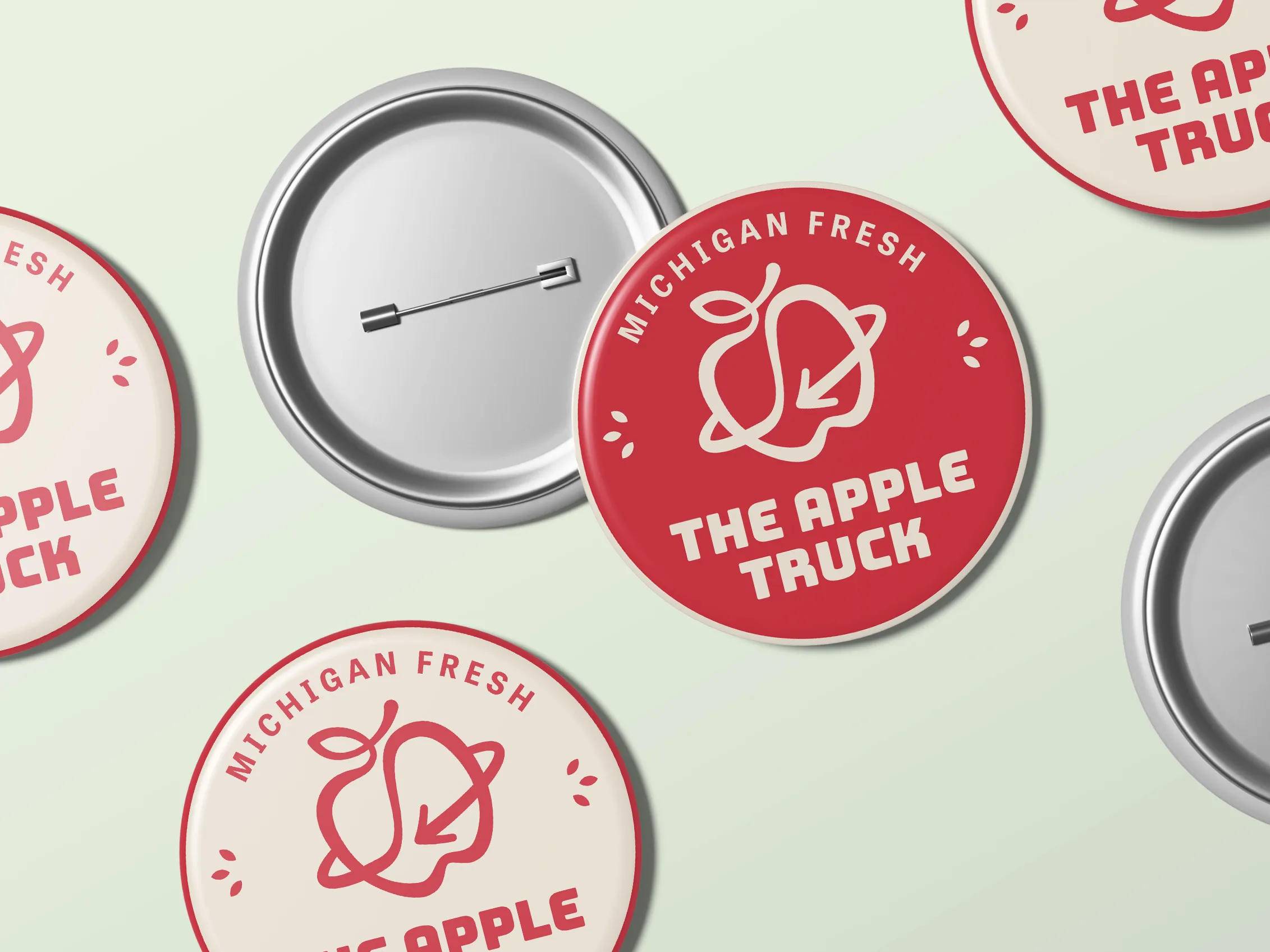Search engine optimization practices have evolved alongside the improvements and refinements search engines have made to their algorithms. In order to take full advantage of the Press Release Optimization PR Newswire builds into the distribution of each press release, it’s important that you understand SEO practices and factors – and stay up to speed with shifting trends and tactics.
General best practices:
Release Length
The length of the press release is a make or break factor in the overall strength of its optimization. You can craft the perfect headline and use the best keywords, but if your message is too long it can become diluted, which means that search engines can’t index it as specifically. The result? The release drops out of the top search results and is less likely to be found by internet searchers.
The optimum length is generally 400 to 600 words – between about a page and a half and two pages. This length is easy for readers to digest and comprehend, but it’s long enough to include the rich detail readers appreciate – which is also informative to search engines. And it’s not so long that key contextual points are drowned in a sea of less relevant detail.
Anchor Text
The links you see on web sites connecting a word or phrase to a related page are called “anchor text,” and these are a boon to press release writers. In addition to providing a great way to channel readers to additional information (eliminating the need to write an excessively long press release), anchor text – when used properly – can also deliver significant SEO benefit back to the web site you’re promoting. Best practices for using anchor text in your press release include:
- Link operative keywords or short phrases (two words is ideal) to relevant web pages. Do not use anchor text to link phrases like “for more information” or “click here.” Likewise, don’t link from descriptive language (e.g. colors, flavors.) Link from keywords only.
- Headline, Lead & Link. Use your most important keyword in your headline and your lead sentence. Link from the occurrence of the keyword in the lead.
- Less is more. Two links per 500-600 words is recommended, in order to focus search engines on your most important keywords.
Context & Focus
A clear, concise message resonates with readers and is appreciated by journalists. It’s also a key component of a well optimized press release. Too many keywords and concepts can dilute your message, causing it to drop in the rankings for the keywords you consider most important. A tightly focused message that is truly relevant for your target keywords is more likely to be ranked, read and written about than a press release that tries to be all things to all people.
Language
Journalists have long complained about jargon and hyperbolic language in press releases. In addition to doing yourself no favors in the newsroom, jargon-laden headlines and press releases don’t resonate with searchers, either. Use the plain, accurate and descriptive language people use when discussing the product/service/initiative you’re promoting. You’ll be more likely to connect with your audiences – via search engines, and on-page.
How Press Release Optimization Works:
How your press release is structured directly affects its optimization. With today’s emphasis on the actual on-page content, the decisions you make about what language to use, placement of keywords and use of anchor text will affect the overall quality of the optimization of the press release and its overall effectiveness. In this section, you’ll learn how the different parts of your press release are utilized in the overall optimization process.
The Headline & Subhead
The headline of a press release has always been important but is doubly so for press releases that are optimized for search. PR Newswire’s Press Release Optimization system utilizes your headline to populate several extremely important HTML fields that are part of the underlying optimization of your press release, including:
- The Title Tag – At the very top of each web page is the title tag. One of the most important SEO factors, the Title Tag carries real weight in search engines. The title tag (and, specifically, the language contained therein) strongly influences how search engines interpret and index a web page.
- The Search Engine Results Page description (“SERP”) – The SERP description is what people see initially when your press release shows up in their search results. PR Newswire uses your headline and subhead (up to 300 characters total) to populate your SERP description. Because headlines and subheads are crafted to grab a reader’s attention, they are perfectly suited for this important role.
- H1 tag – Part of the underlying HTML of the release, the H1 tag reinforces other optimization factors and can help focus the search engine’s attention on a key aspect of the overall message. By using the headline, we repeat a powerful, clear, richly descriptive phrase and amplify your release’s key message.
Tips:
- Start your headline with the most important keyword in your press release.
- Keep your headline fairly short – 60 to 80 characters are optimal. Your subhead can be a little longer – but try to keep it to two lines or less.
- Use descriptive language that you’ll repeat in the body of the press release when writing both the headline and subhead.
The Subhead
The subhead has traditionally added extra descriptive information to the top of a page, fleshing out the headline and telling a reader a bit more about a story. In terms of press release optimization, the subhead plays a similar role. The subhead is utilized in the optimization of a press release in a variety of ways:
- The Search Engine Results Page description (“SERP”) – The SERP description, as described above, is key real estate – for both search engines and your readers. Your subhead will be used to populate the SERP if your headline is short – a total of 300 characters can go into that field.
- H2 tag – part of the underlying HTML of the release, and just behind the H1 tag in authority, the H2 tag is populated with your subhead, where it amplifies your message and helps focus the search engine’s attention on your overall message.
Meta keywords tag
Five years ago, Google didn’t read your press release; it read the underlying HTML code. Today, Google – and other engines – can effectively read your press release. The Meta keywords tag is largely ignored. As a result, SEO best practices today are focused more on the on-page content, and less on the keywords placed in the Meta keywords field in the release HTML. For that reason, PR Newswire’s system makes minimal use of this field, populating it with informative but limited information drawn automatically from the press release. The information that does go into this field includes the name of the issuing organization, geographic information, and industry and subject details.
We still field questions from PR pros wondering whether it’s possible to optimize a press release for a list of keywords they supply (i.e. keyword stuffing). Because this practice offers little benefit at the most and, at the worst, can be detrimental, it’s not supported by our system. Keywords are important, and they belong the text of the press release. Use them there!
Paying attention to how you write your press releases, what language you use, and how you structure the release itself can pay big dividends. By staying current on SEO tactics and adhering to the best practices enumerated above, you’ll soon see new and gratifying results for your press release campaigns.
Fivenson Studios is based in Ann Arbor, Michigan, our graphic design team specializes in logo and web page design, as well as marketing campaigns for social and print media. From flyers and brochures to targeted landing pages, we aim to bring your company into the spotlight and reach a greater range of potential customers.
Fivenson Studios: Michigan’s #1 Graphic Design, Web Design, & Digital Advertising Agency
Let’s Get Social | https://fivensonstudios.com | (734) 224-9696 | Info@FivensonStudios.Com






